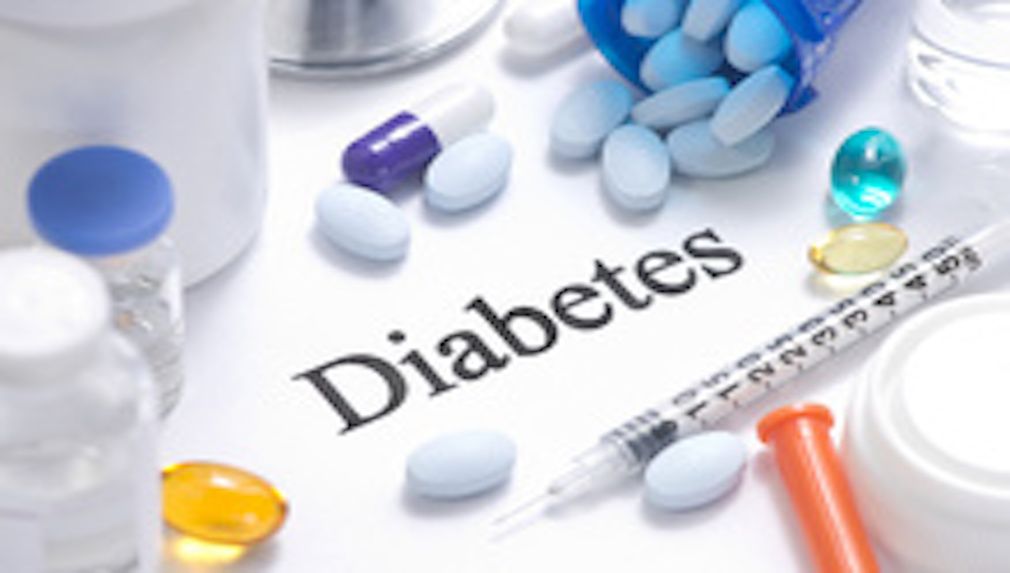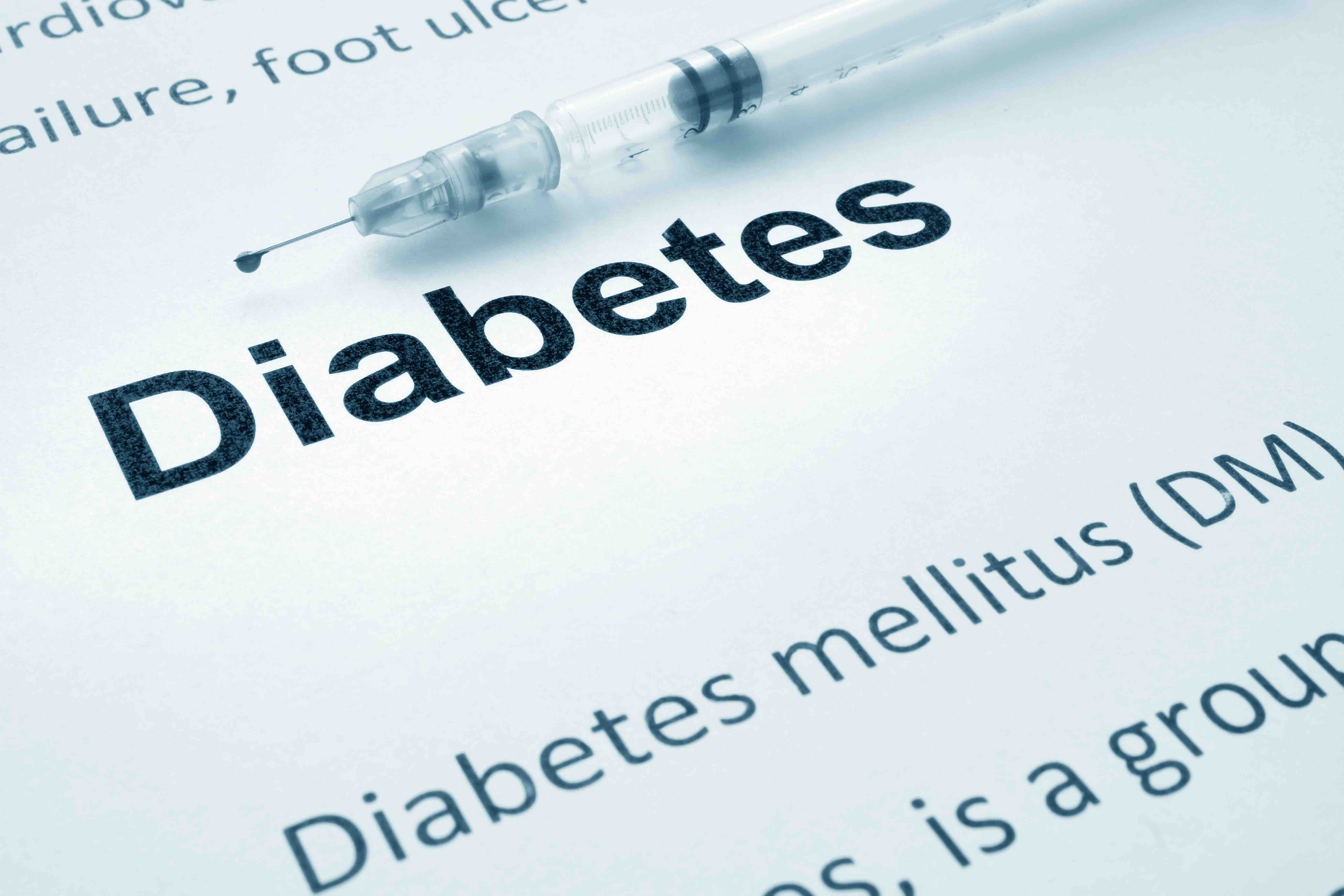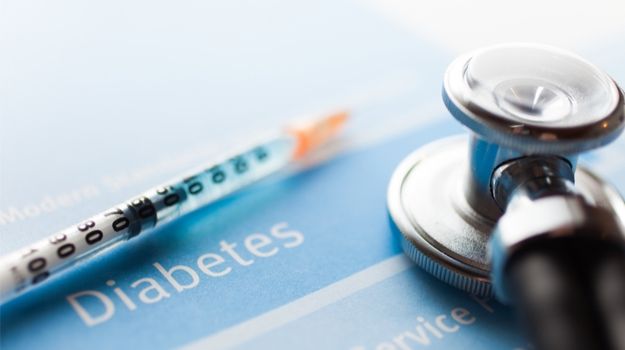Article
Baking Soda Could Prevent Infection for DKA Patients
Author(s):
Experiments with mice suggest a potential early treatment to avoid a deadly infection.
A new study examines how a household remedy—baking soda—could help patients with diabetic ketoacidosis (DKA) avoid death from a fungal infection that affects them at higher rates than healthy patients.
The study, published in the Journal of Clinical Investigation, found that sodium bicarbonate reversed the physical effects that allow the spread of mucomycosis, an infection that can occur alongside DKA in persons with diabetes.
DKA happens when insulin levels drop to levels that the body can no longer use glucose as fuel, and the body instead uses fat, causing poisonous acids called ketones to accumulate in the body. In the worst cases, DKA can lead to diabetic coma or death.
One process that occurs in DKA is the infection mucormycosis. Researchers reporting in the journal identified the processes that promote the infection and inhibit the work of cells called phagocytes, which help the body destroy invading microorganisms. In experiments with mice, they learned that DKA indirectly allows for a release of iron from transferrin, which in turn speeds the infection. Thus, they write, early use of sodium bicarbonate and iron chelation would help prevent these effects.
“The current guidelines for correcting acidosis of DKA doesn’t indicate using sodium bicarbonate until the acidosis is severe,” said Ashraf S. Ibrahim, PhD, an LA Biomed researcher and author of the study. “Our data strongly suggest that DKA patients suspected of having mucomycosis would benefit from adding sodium bicarbonate to the treatment regimen—regardless of whether they have severe acidosis or not—because sodium bicarbonate is likely to halt the growth of the fungus.”
The authors said more work is needed through well-designed clinical trials involving patients with DKA and mucomycosis infections.
Reference
Gebremariam T, Lin L, Liu M, et al. Bicarbonate correction of ketoacidosis alters host-pathogen interactions and allecviates mucormycosis [published May 9, 2016]. J Clin Invest. 2016; doi:10.1172/JCI82744





